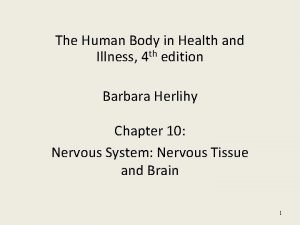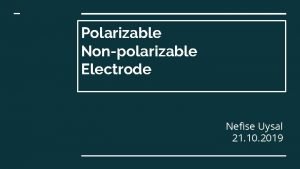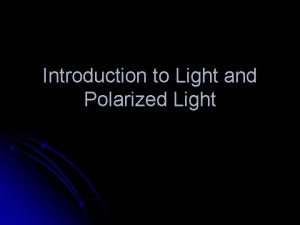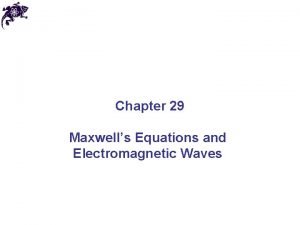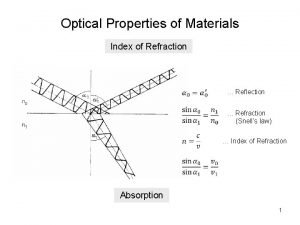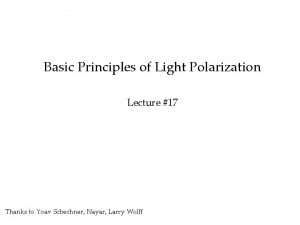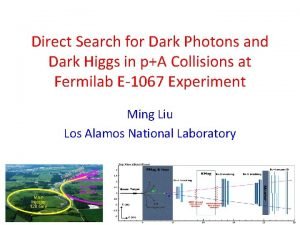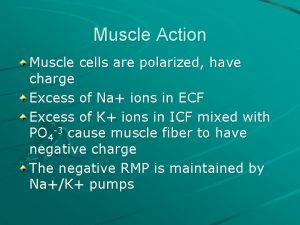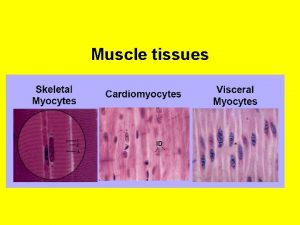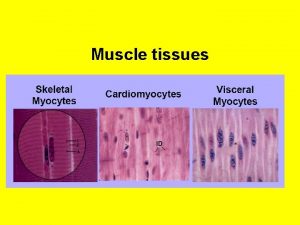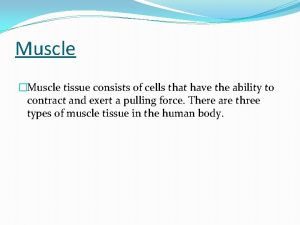Muscle Action Muscle cells are polarized have charge








- Slides: 8

Muscle Action Muscle cells are polarized, have charge Excess of Na+ ions in ECF Excess of K+ ions in ICF mixed with PO 4 -3 cause muscle fiber to have negative charge The negative RMP is maintained by Na+/K+ pumps

Muscle Action Depolarization: when ion gates of fiber are opened and ICF briefly becomes positive Repolarization: the return to RMP caused by K+ leaving cell Action potential: the quick voltage shift from RMP(-90 m. V) to 75 m. V and back to RMP

Excitation 1. Voltage reaches knob causes Ca 2+ to be released 2. Ca 2+ causes ACh to be released into cleft 3. ACh diffuses across cleft and binds to ACh receptors

Excitation 4. Bound receptors cause ion gates to open allowing Na+ to flow in and K+ to flow out, charge spikes to 75 m. V and then quickly falls to RMP as K+ ions flow out 5. Action potential is achieved muscle cell is excited

Contraction 6. Charged wave of action potential travels from the synapse to the tissue around the sarcomeres like ripples in a pond 7. The charge causes tissue to release Ca+ that diffuses into the sarcomere 8. Ca+ binds to the thin filaments causing the G actin active sites to be exposed for binding myosin heads

Contraction 9. The myosin head breaks down ATP into ADP and Pi and uses the energy to move and bind to the active site forming the cross-bridge 10. The head releases the ADP and Pi causing a power stroke where thin filament is pulled over the thick 11. The head will stay bound until another ATP binds to it breaking the cross-bridge

Relaxation 12. Nerve impulses stop, ACh is not released 13. ACh. E breaks down the ACh left in the cleft and the components are reabsorbed by the knob 14. Active transport Ca+ pumps return the gradient to pre action potential levels

Relaxation 15. Low Ca+ concentrations cause Ca+ to unbind from G actin covering the active sites 16. Muscle returns to resting length

